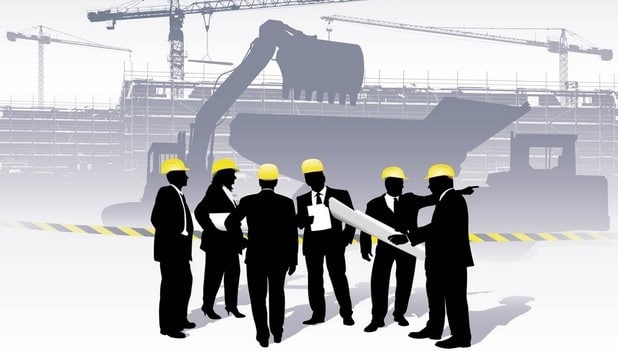A consulting civil engineer is an independent, professional engineer who performs well-detailed engineering services for clients on agreed sum of money.
It is quite unfortunate that the services and responsibilities that a consulting civil engineer renders are poorly understood while those who seek to engage him have only a vague idea of his functions. Most graduates of engineering background also have a meager understanding of the role he plays. Even some consulting civil engineers lack adequate comprehension of their responsibilities and obligations.
This article is presented to address all of the above shortcomings and to make the public at large appreciate the works of a consulting civil engineer. I have drawn mostly on my experiences as a professional engineer who has worked with both governmental and corporate organizations on various landmark projects.
Consulting is not a field for a person who hesitates to face new challenges. The competent engineer who likes variety and enjoys the challenge of ever-changing problems can find a fascinating and rewarding career in a consulting firm.
The profession demands business and management skills in addition to engineering and professional trainings. It offers a unique opportunity for self-employment and it is perhaps the only path open to an engineer with the spirit of an entrepreneur who wishes to become his own boss in full-time engineering practice.
In spite of its importance, challenge and fascination, the profession of consulting engineering is little recognized and poorly appreciated by members of the public largely due to the fact that his services are seldom performed for individuals as in the case of other professions like medicine and law.

Roles and Responsibilities of a Consulting Civil Engineer
The types of services performed by consulting civil engineers are outlined and discussed below.
Consultation
Consultation occurs when a client, who needs an opinion on some engineering problems, avails himself of the expert knowledge and the experience of a consulting civil engineer. Consultations may be brief or extended and may sometimes require considerable travel and a substantial portion of the consultant’s time.
Investigation
Most consultations usually require some study and investigation which involve analysis and simple computations while others may require field trips to observe and inspect equipment or structures. Still again, they may involve a review of studies, reports, investigations or communications prepared by other engineers or by the client’s management.
Feasibility Reports
These reports are concerned with determining the feasibility of some projects while presenting the results of surveys, studies and investigation carried out to confirm the engineering solution to be adopted in line with the financial cost. A feasibility study will usually include such items as purpose of study, requirements and needs of project, alternate solutions, estimated construction cost, recommendations and conclusion.
Engineering Design
Engineering design is the process of determining the physical characteristics and dimensions of a structure or project to be constructed or manufactured. These characteristics and dimensions are presented graphically on drawings, commonly referred to as blueprints by the layman. Such drawings, or plans, are supplemented by written documents called specifications.
Plans and Specifications are used to direct the contractor or the manufacturer on the details of work expected from him. Frequently, the design process includes the preparation of detailed lists of materials called bill of quantities which is used to procure all the materials needed for the construction or manufacturing work.
Procurement
The consulting civil engineer often assists the client in the selection of contractors or in the purchase of materials for the award of contracts. Procurement usually involves the receipt of a proposal from one or more material suppliers and selection is made on a competitive or a negotiated basis.
On construction projects, particularly for government organizations, contracts are usually awarded on the basis of competitive bidding while the engineer will normally prepare the contract documents in addition to drawings and specifications in conjunction with the client’s legal officer.
With the plans, specifications and contract documents, bids are solicited from contractors or manufacturers through public notices issued in accordance with legal requirements. After the receipt of all interested tenders, bids are opened publicly, as a rule, read and tabulated by the consulting civil engineer who will then makes his recommendations to the client.
Construction Supervision
This activity consists of two parts – general supervision and resident supervision. General supervision involves the following:
a) Periodic visits to site
b) Consultation with the Owner/Client
c) Interpretation of plans and specifications
d) Checking working drawings and data
e) Processing & certification of contractor’s payment estimates
f) Preparation of amendments to contractor’s contract
g) Final inspection of project
h) Preparation of “as-built” drawings
Resident supervision however requires the consulting engineer to send a representative or a resident engineer to the site of the project. The resident engineer is responsible for detailed supervision and inspection to ensure that the project is constructed according to the plans and specifications. In addition, he also coordinates and expedites the activities of the contractors.
No comments:
Post a Comment